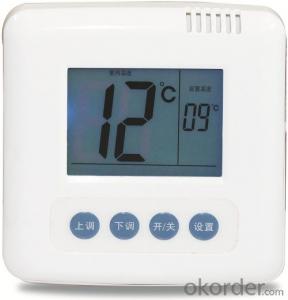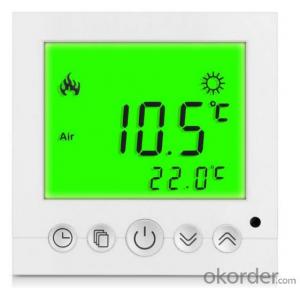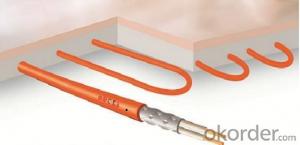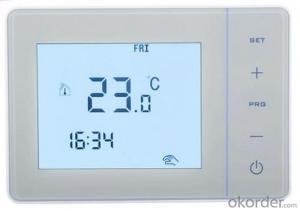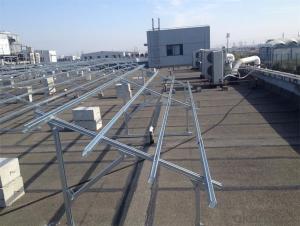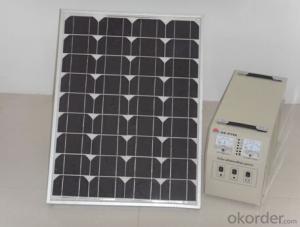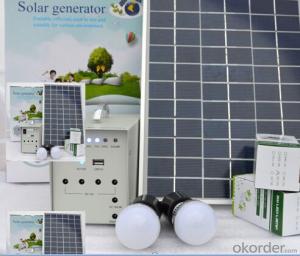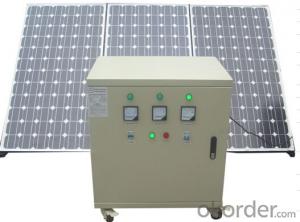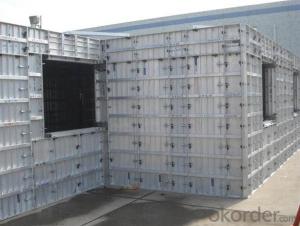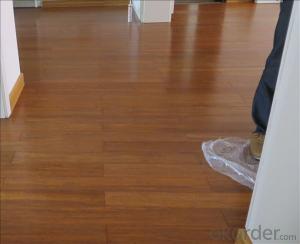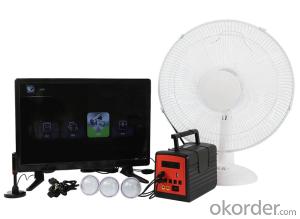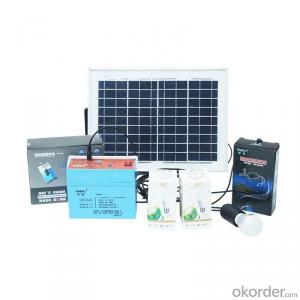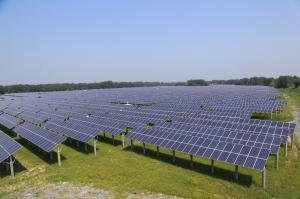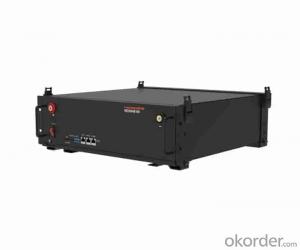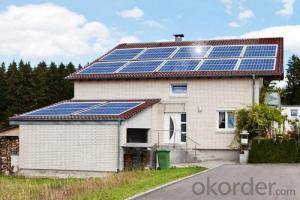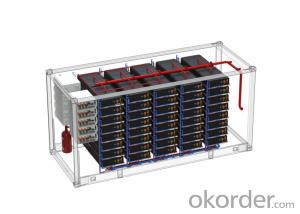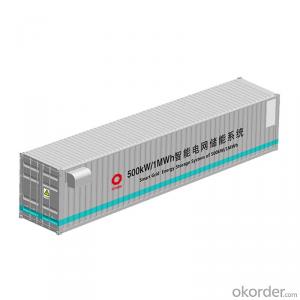Complete Solar Inverter System
Complete Solar Inverter System Related Searches
Primer For Galvanized Steel H S Code For Stainless Steel Wd 40 For Stainless Steel Spray Paint For Stainless Steel Glue For Stainless Steel Step Bit For Stainless Steel Magnets For Stainless Steel Caulking For Stainless Steel Steel Vessels For Kitchen Best Solar Inverter For HomeHot Searches
Steel Mesh Panels For Sale Cheap High Tea Sets For Sale High Density Fiberboard For Sale Solar Hot Water Collectors For Sale Scaffolding For Sale In Uae Scaffolding For Sale In Ireland Scaffolding For Sale In Houston Type Of Inverter For Solar Price Of Shipping Containers For Sale Used Solar Inverter For Sale Portable Led Signs For Sale Stone Hot Water Bottles For Sale Large Led Screens For Sale 1/4 Aluminum Plate For Sale H4 Led Headlight Bulbs For Sale Flexible Solar Cells For Sale Air Pump For Aquarium Price Inverter Size For Solar System Solar Edge Inverter For Sale Aluminum Bar Stock For SaleComplete Solar Inverter System Supplier & Manufacturer from China
Okorder.com is a professional Complete Solar Inverter System supplier & manufacturer, offers integrated one-stop services including real-time quoting and online cargo tracking. We are funded by CNBM Group, a Fortune 500 enterprise and the largest Complete Solar Inverter System firm in China.Hot Products
FAQ
- Yes, solar energy systems can be installed on any type of roof. However, the suitability and feasibility may vary depending on factors such as the roof's material, age, orientation, and structural integrity. It is advisable to consult with a professional solar installer to determine the best approach for your specific roof type.
- Solar energy systems can indeed be used to power disaster relief centers or emergency shelters. In fact, these systems are increasingly being utilized in such situations due to their numerous benefits. One of the main advantages of solar energy systems is their ability to operate independently from the grid. When natural disasters or emergencies occur, the conventional power grid may be disrupted or completely unavailable. In such cases, solar panels can generate electricity from sunlight, providing a reliable and sustainable source of power for essential operations in relief centers or shelters. Furthermore, solar energy systems are highly portable and modular, making them ideal for temporary installations. They can be quickly deployed and set up in disaster-stricken areas, offering immediate power for lighting, communication devices, medical equipment, and other critical needs. Additionally, these systems can be easily expanded or adjusted to meet the increasing energy demands of relief centers or shelters as the situation unfolds. Moreover, solar power systems have minimal environmental impact compared to traditional fuel-based generators. They produce clean energy without emitting harmful pollutants or greenhouse gases, which is particularly important in disaster-stricken areas where air quality may already be compromised. Lastly, solar energy systems provide long-term cost savings. Once installed, solar panels require minimal maintenance and have a lifespan of 25-30 years. This reduces the reliance on expensive and often scarce fuel supplies, enabling relief centers and emergency shelters to allocate their resources more efficiently. To conclude, solar energy systems are a reliable, sustainable, and cost-effective solution for powering disaster relief centers or emergency shelters. Their ability to operate independently, portability, minimal environmental impact, and long-term cost savings make them an excellent choice for powering critical operations during times of crisis.
- Solar trackers play a crucial role in maximizing solar energy generation by dynamically orienting solar panels to follow the sun's path throughout the day. This constant adjustment ensures that panels receive maximum sunlight exposure, optimizing their energy output. By tracking the sun's movement, solar trackers increase the efficiency of solar panels, resulting in higher energy production and improved overall performance.
- The maintenance schedule for a solar energy system typically involves regular inspections and cleanings to ensure optimal performance. Additionally, it is recommended to check the system's components, such as inverters, wiring, and batteries, for any signs of wear or malfunction. The frequency of maintenance depends on various factors, including the location, climate, and type of system. Generally, it is advised to have a professional inspection at least once a year, but regular self-monitoring and cleaning can help maintain the system's efficiency and longevity.
- Yes, solar energy systems can still be used in areas with high levels of dust or sand. While the accumulation of dust or sand on solar panels can decrease their efficiency, regular cleaning and maintenance can mitigate this issue. Additionally, the design of solar panels has improved over the years to be more resistant to dust and sand, allowing them to continue generating power effectively even in such environments.
- It is indeed possible to utilize a solar energy system for the purpose of charging electric vehicles. The sun's rays are harnessed by solar panels, also referred to as photovoltaic (PV) panels, to generate electricity. This electricity can then be employed to charge the batteries of electric vehicles. The PV panels capture sunlight and convert it into direct current (DC) electricity. Subsequently, an inverter is used to transform this DC electricity into alternating current (AC) electricity, which aligns with the charging requirements of electric vehicles. By establishing a link between the solar energy system and an electric vehicle charging station, the solar-generated electricity can directly charge the vehicle's battery. This renewable energy source not only diminishes the dependence on fossil fuels but also aids in reducing the emission of greenhouse gases associated with transportation. Moreover, any surplus electricity generated by the solar panel system during daylight hours can be stored in batteries or returned to the grid for future use, guaranteeing a continuous and sustainable power supply for charging electric vehicles.
- Indeed, areas abundant with dust or sand can indeed utilize a solar energy system. Nonetheless, it is imperative to acknowledge that an excess build-up of dust or sand can gradually diminish the system's efficiency. To address this issue, it may be necessary to perform regular maintenance and cleaning of the solar panels. Moreover, the installation of the panels at an inclined angle or the application of anti-reflective coatings can assist in minimizing the detrimental effects of dust or sand on the system's performance. Despite these hurdles, solar energy systems can still thrive in such locations, particularly when appropriate precautions and maintenance measures are implemented.
- Yes, solar energy systems can definitely be used in commercial buildings. In fact, they are increasingly being adopted by businesses worldwide as a sustainable and cost-effective solution for meeting their energy needs. Solar panels can be installed on the rooftops or facades of commercial buildings, harnessing the power of the sun to generate electricity. This clean and renewable energy source not only helps reduce greenhouse gas emissions but also provides long-term energy savings for businesses.
